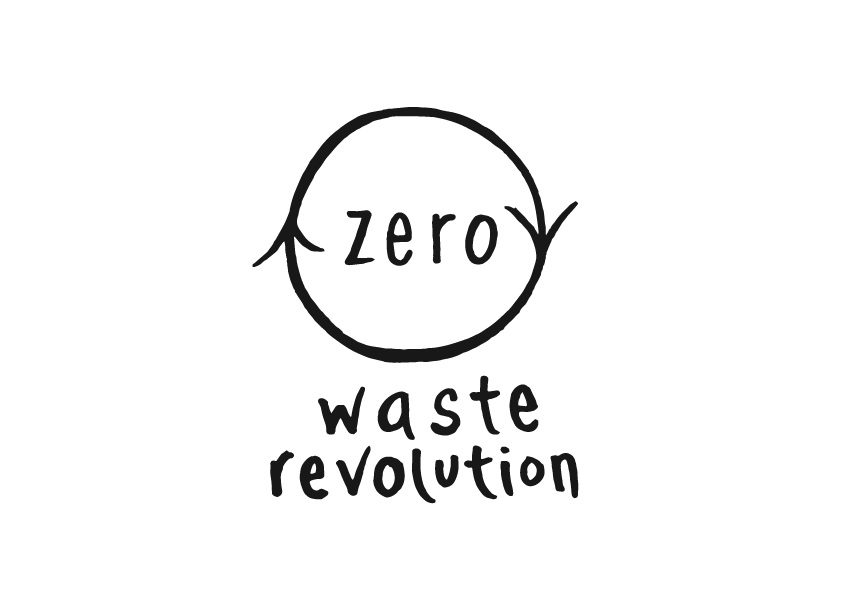nappies
Disposable nappies made up 6% of the ACT household waste stream in 2014, and have significant impacts on the environment.
Cloth alternatives are cheaper and easier than ever. If you want to see different styles before committing to purchase, visit the Wee Ones nappy display at the Canberra Environment Centre. The Canberra Cloth Bums team are also setting up a nappy library for short-term hire – watch this space!
Types of cloth nappies
Modern Cloth Nappies (MCNs)
MCNs come in different styles, and can fit your baby from newborn to toddler stages.
All-in-one nappy (AIO)
A fitted nappy with the water resistant layer sewn on the outside of the nappy, creating a one-step nappy that is quick to use. Usually take longer to dry but liked for the one-step assembly.
All-in-two Nappies (AI2)
Similar to all in ones except the booster usually snaps in and out easily. The purpose is to ensure faster drying times and to aid the absorbency of the nappy. Waterproof outer layer and absorbent inner layer can be washed and dried separately.
Prefold
Similar to a flat (terry square) nappy with a thicker pad in the middle. Can be used as a newborn nappy and then a booster pad later on. Can be fastened with Snappi fastener and requires a waterproof cover.
Pocket nappy
A shaped nappy made from an outer water resistant layer, and an inner ‘stay dry’ layer. A pocket opening at one or both ends allows the absorbent material to be ‘stuffed’ inside the nappy.
Second-hand nappies
Second-hand nappies can be stripped and sanitised. For detailed instructions on how to do this, look up Cleanclothnappies.com (previously known as Clean Cloth Nappies Down Under – CCNDU).
Cloth nappy cleaning
Tip solid poos into toilet. Scrub messy poos as required. Exclusively breastfed babies’ poo can go straight into the washing machine, as they are water-soluble.
Dry pail for 1-2 days (in a basket with plenty of airflow to discourage bacteria, therefore fewer smells).
Prewash: With cold or warm water, approx. 30-40 minute cycle.
Main wash: the longest cycle your machine has (i.e. Cottons or Heavy Duty). Use warm (40 deg) or hot water (60 degrees celsius).
The temperature and wash cycle will depend on your machine (front or top loader) and the detergent you use. A detergent index is available on the CCNDU website.
Never wash covers on more than 60 degrees. Extra hot washes will disintegrate the Polyurethane Laminate (PUL) and elastics.
extra Resources
Canberra Cloth Bums – Facebook page
The local cloth nappy community. Ask questions, share stash shots, be notified of upcoming events.
Wee Ones Cloth Nappy Display. Hosts regular modern cloth nappy information sessions.
Handmade by Hey Penny – Modern Cloth Nappies (WAHM)

